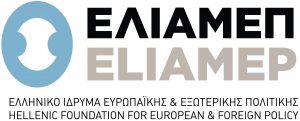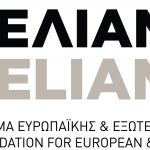With a history that goes back to 1970, the Eurobarometer has been a consistent gauge of European public sentiment, revealing patterns, convergences, and disparities. While a wealth of valuable data exists, the challenge lies in extracting meaningful trends from this extensive dataset. This paper introduces a novel approach to interpreting Eurobarometer results in a way which illuminates the intricate social divisions that exist in society. To enhance the accessibility of Eurobarometer insights, we engage in a meta-analysis of the collected data conducted by means of three constructed mega-indices: the ‘Life Satisfaction’ Index, the ‘Country Performance’ Index, and the ‘Trust in Institutions’ Index. These indices were formulated after a meticulous examination of public opinion on issues including life perception, national stability, and trust in institutions. The questions chosen to craft the indicators are consistently present in the vast majority of surveys (with very few exceptions). This approach ensures the identification of reliable and robust trends over longer periods of time. Reinterpreting Eurobarometer results through our method amplifies the nuances of societal divisions in European societies. Together, the application of these indices and the subsequent analysis enrich our understanding of public sentiment’s multifaceted nature. Based on the June 2023 Eurobarometer (EB99), we offer a few empirical insights stemming from the application of our methodology.
Authors: Antonis Papakostas, former Head of Unit, DG Communication, European Commission; Spyros Blavoukos, Senior Research Fellow, Head, EU Institutions & Policies Programme, Head of the ‘Ariane Condellis’ European Programme, ELIAMEP, Professor, Athens University of Economics & Business.
This text has originally been published on the ELIAMEP website.



